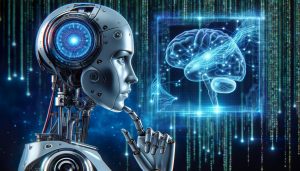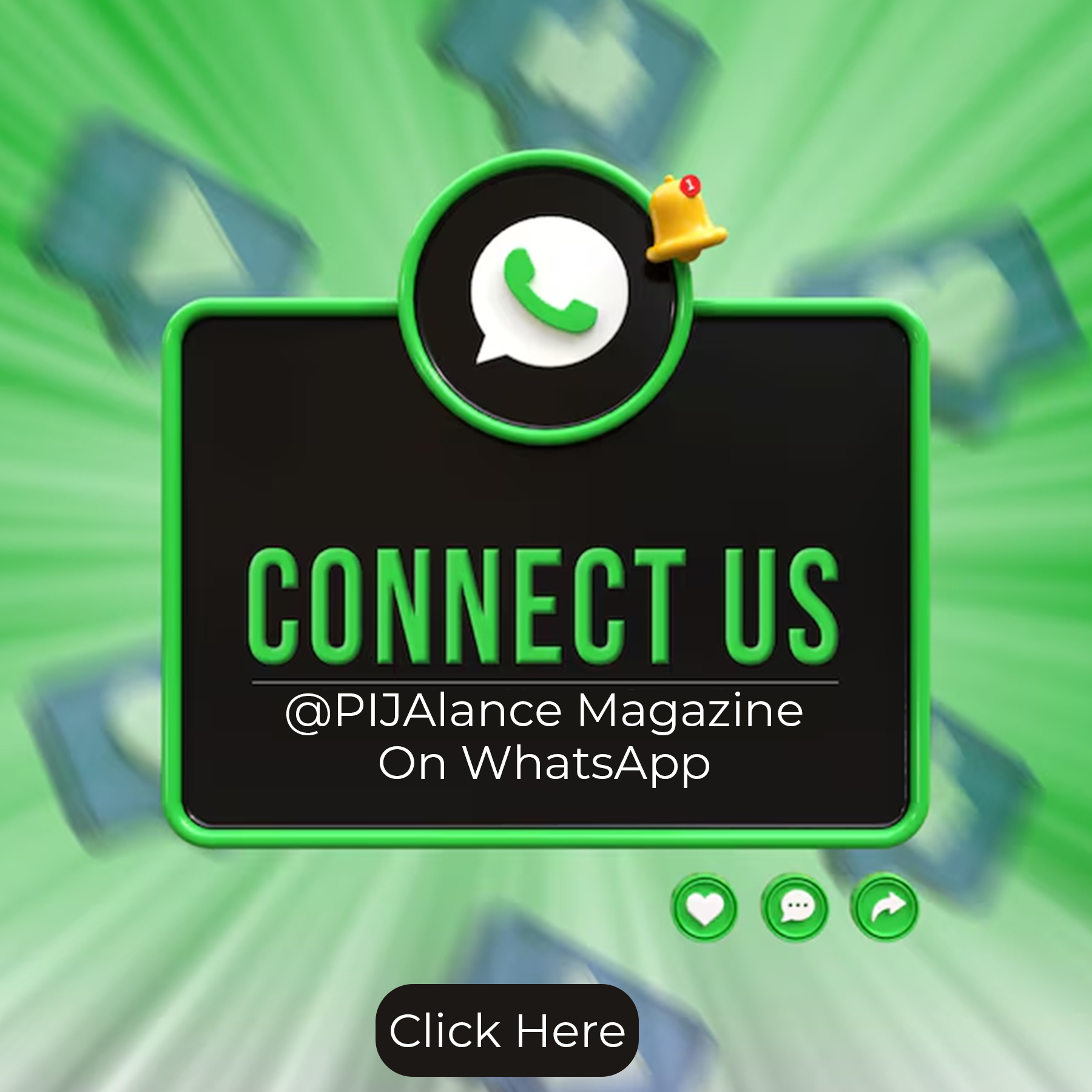EXPLAINER: Everything You need to Know About FG’s N-ATLAS
the effort to digitise and preserve Nigeria’s linguistic heritage while positioning the country within the fast-moving field of artificial intelligence
What FG’s N-ATLAS Is All About?
When the Federal Government (FG) of Nigeria unveiled the National Artificial Intelligence Language Model known as N-ATLAS, it was presented as a landmark intervention in the effort to digitise and preserve Nigeria’s linguistic heritage while positioning the country within the fast-moving field of artificial intelligence. In a nation with over 500 spoken languages, three of which—Yoruba, Hausa and Igbo—dominate cultural and political life alongside Nigerian-accented English, the launch of a multilingual and multimodal model is more than a technological gesture. It is a statement that Nigeria intends to take ownership of its linguistic future rather than relying entirely on foreign systems that often marginalise African languages.
FG’s N-ATLAS is, in simple terms, a large language model similar in family to tools like ChatGPT, but one that has been fine-tuned specifically to understand and generate outputs in Nigerian languages. At its core is the Llama-3 8B base model, which is one of the leading open-source models available globally. Nigeria’s National Centre for Artificial Intelligence and Robotics (NCAIR), working with Awarri Technologies under the Ministry of Communications, Innovation and Digital Economy, adapted and retrained this model to handle the complexities of Yoruba, Hausa and Igbo. In addition, a speech recognition component based on the Whisper Small architecture was fine-tuned so that the model could transcribe spoken language into text. This multimodal ability means FG’s N-ATLAS can process not just written prompts but also audio, a vital function in a country where oral traditions and spoken communication remain central to everyday life.
Read Also: Is AI Rendering Professional Fact-Checkers Obsolete?
How To Access FG’s N-ATLAS?
Many Nigerians who heard of the launch and sought to interact with FG’s N-ATLAS were surprised to discover that it is not as simple as visiting a website and chatting with it the way one might with ChatGPT. The model is hosted on Hugging Face, a global platform for machine learning models, but it is not deployed with a public chat interface. What exists on Hugging Face are the model weights and technical resources, available to developers and researchers who accept the licence terms. Unlike ChatGPT, which is integrated into a user-friendly application with servers constantly running to deliver replies, N-ATLAS remains a research tool requiring significant technical know-how to use.
To access N-ATLAS, one must create a Hugging Face account, navigate to the repository labelled NCAIR1/N-ATLaS, and request access by agreeing to the usage licence. Only after that can the model files be downloaded. This process makes it clear that N-ATLAS was not designed as a ready-to-use chatbot for the general public but rather as infrastructure for those able to build products on top of it.
How To Use It?
Using N-ATLAS requires a more technical route than most casual users might expect. Developers need to install programming libraries such as PyTorch and Hugging Face Transformers, set up an environment with sufficient computing power, and then load the model and its tokenizer. With the model in place, they can test text generation in Yoruba, Hausa, Igbo or Nigerian-accented English, or feed in audio clips for transcription through the speech recognition component.
Because N-ATLAS has not been deployed as a service, anyone who wishes to “chat” with it must build their own interface, such as a simple web app or mobile tool. This is why the general public cannot interact with it the same way they do with ChatGPT. Instead, developers and institutions are expected to use N-ATLAS as a foundation to create the apps, bots and services that can bring its capabilities closer to everyday life.
Who Is it For?
N-ATLAS is primarily aimed at researchers, developers, start-ups, and government institutions. For researchers and linguists, it provides a platform to study how artificial intelligence can handle Nigerian languages and dialects. Developers and start-ups can use it to build localised digital services, such as translation apps, voice assistants, or educational tools. Government agencies might integrate it into service portals to allow citizens to access information in their preferred language. Media houses could use its speech recognition tools to transcribe interviews, radio broadcasts, or community voices into text for wider dissemination. Schools and cultural institutions might employ it to preserve oral histories, digitise folk tales, or create bilingual learning content.
For the everyday Nigerian, the benefits of N-ATLAS will likely come indirectly, once these institutions build services on top of it. In that sense, it is less of a consumer product and more of a national infrastructure project—something that others can use to create tools that make digital participation more inclusive and culturally relevant.
The Broader Significance
The importance of N-ATLAS lies in what it represents. For decades, African languages have been marginalised in digital spaces, with global AI systems struggling to process local idioms, accents or code-switching. By creating N-ATLAS, Nigeria is asserting digital sovereignty and ensuring that its people can interact with technology in the languages they are most comfortable with. It is also a step towards cultural preservation, preventing the slow erosion of native tongues under the pressure of global English dominance.
Challenges remain: the uneven quality of outputs across different languages, the computing cost of running a large model, the risk of neglect if continuous investment is not made, and the need for ethical safeguards to prevent bias or misuse. But the launch signals a commitment to bridge Nigeria’s linguistic divide in the digital era. Whether N-ATLAS becomes a living tool shaping daily life or remains a symbol celebrated only at launch will depend on how effectively it is sustained, expanded, and adopted by innovators across the country.
Read Also: N-ATLAS: Nigeria’s Federal Government Unveils AI-backed Language Model



